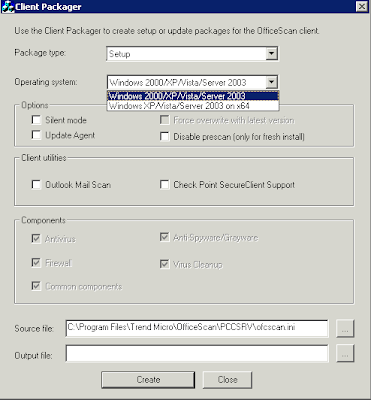
Note: Although dsa_control lets you enable self-protection, it does not let you configure an associated authentication password. For details, see Enable or disable agent self-protection. Self-protection prevents local end-users from uninstalling, stopping, or otherwise controlling the agent. On Windows, you can also restore cleaned and deleted files.Įnable agent self-protection (1: enable, 0: disable). This will remove the activation information from the agent and deactivate it.
HOW TO UPDATE TREND MICRO SERVER PROTECT CLIENT MANUALLY PASSWORD
To hide the password with asterisks (*) while you type, enter the interactive form of the command, -p \*, which prompts you for the password. If you type the password directly into the command line, it is displayed on the screen.

If configured, the password must be included with all dsa_control commands except dsa_control -a, dsa_control -x, and dsa_control -y. See Configure self-protection through Workload Security for details. For more detailed instructions, see Create an agent diagnostic package via CLI on a protected computer.ĭefaults to where is the manager's listening port number.įorce the agent to contact the manager now.Īuthentication password that you might have configured in Workload Security previously. Quotation marks around the key:value pair are required if it includes spaces or special characters. There is no limit to the number of key:value pairs that you can enter, but the key:value pairs must be separated from each other by a space. They must be entered as key:value pairs (with a colon as a separator). See Agent-initiated heartbeat command ("dsa_control -m"). Optionally, after the argument, you can also specify some settings such as the description to send during activation. could be either the manager's fully qualified domain name (FQDN), IPv4 address, or IPv6 address Where is replaced with one of the options described in dsa_control options.Ĭd /Library/Application Support/ĭsa_control ParameterĪctivate agent with manager at the specified URL in this format: For example:Ĭd C:\Program Files\Trend Micro\Deep Security Agent\ Change to the agent's installation directory.Open a Command Prompt as Administrator.They must also supply the authentication password when running CLI commands.ĭsa_control only supports English strings. On macOS, when self-protection is enabled, local users cannot uninstall, modify, stop, or otherwise control the agent. They must also supply the authentication password when running CLI commands. On Windows, when self-protection is enabled, local users cannot uninstall, update, stop, or otherwise control the agent. You can use dsa_control to configure some agent settings, and to manually trigger some actions such as activation, anti-malware scans, and baseline rebuilds. To get started with the API, see First Steps Toward Workload Security Automation. You can also automate many of the CLI commands below using the Workload Security API. The CLI can also configure some settings, and to display system resource usage. You should now be able to uninstall the program without getting any prompt for a password.You can use the local command-line interface (CLI) to command both agents and Workload Security to perform many actions.Double click the new entry and change the value from 0 to 1.



 0 kommentar(er)
0 kommentar(er)
